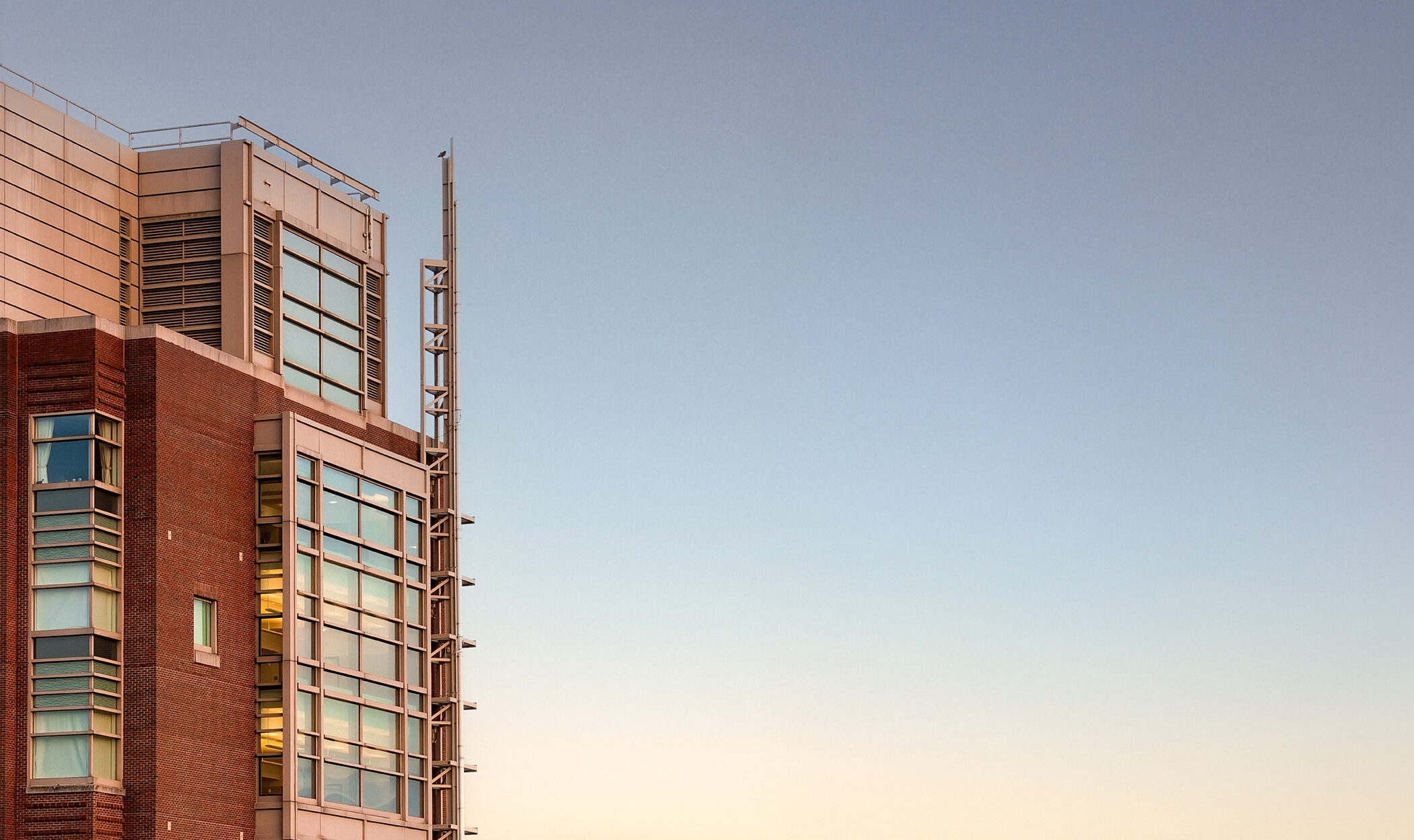Stories and News

What is Photonics?
The Boston University Photonics Center is a hub for the interdisciplinary study and practical application of light, offering a vibrant setting for research. Photonics may not be part of our everyday language, but photonics technologies are all around us, enabling advances in healthcare, advanced manufacturing, energy, data communications, aerospace, and more.
